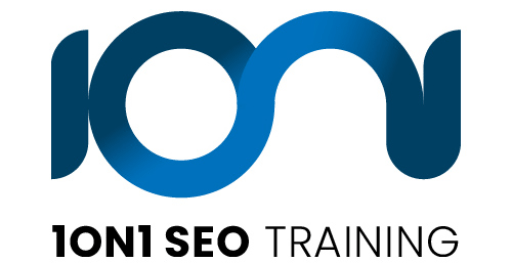Trust Signals
Once visitors feel they've found what they're searching for, the next step is building trust. People are more likely to act on your website if they believe you are credible, reliable, and trustworthy. Trust signals are elements on your site that help you convey that credibility.
One of the most potent trust signals is customer testimonials. People naturally trust other people's experiences. Showcasing positive reviews or success stories from previous customers can reassure visitors that they are in safe hands. Potential customers are more likely to trust you if someone has already had a great experience with your product or service. Make sure these testimonials are visible and accessible to find on key pages of your website, especially on landing pages where conversions are most likely to occur.
Another effective trust signal is displaying badges or certifications, such as industry awards, security badges (like SSL certificates), or trust badges that show your site is secure for payments. Let your visitors know if you have affiliations with reputable organizations or have been featured in well-known publications.
Even small things like having a professional, clean website design can improve trust. Your site should load quickly, look polished, and function smoothly on desktop and mobile devices. Broken links or outdated designs can raise red flags for potential customers, making them uncertain about trusting your business.
Additionally, make sure that all your contact information is easy to find. Offering multiple ways to contact you, such as a phone number, email, or even live chat, shows that you are accessible and that customers can reach you if they have any concerns. Having a well-written "About Us" page can also establish credibility. It allows you to share your story, values, and mission, which helps visitors connect with you on a personal level.


